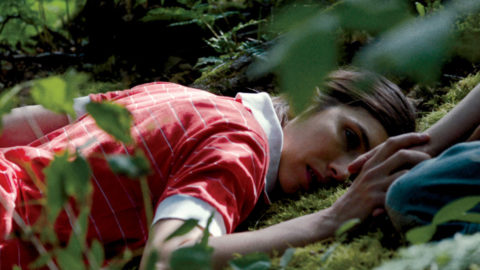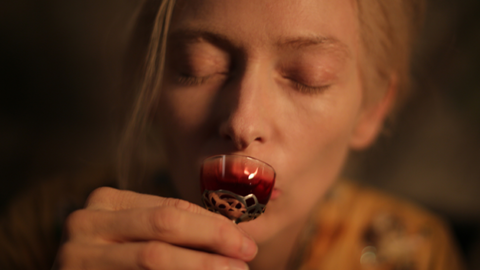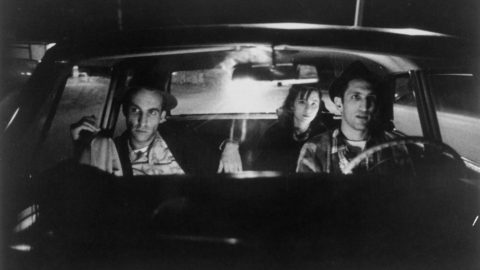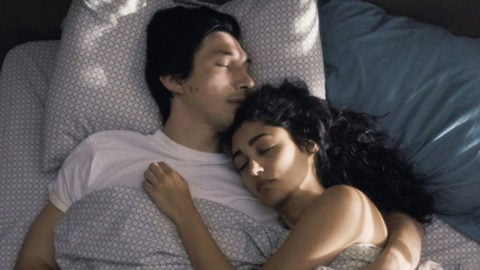News to Me: Angela Schanelec, Jim Jarmusch, Ilya Khrzhanovsky
Angela Schanelec’s I Was at Home, But…
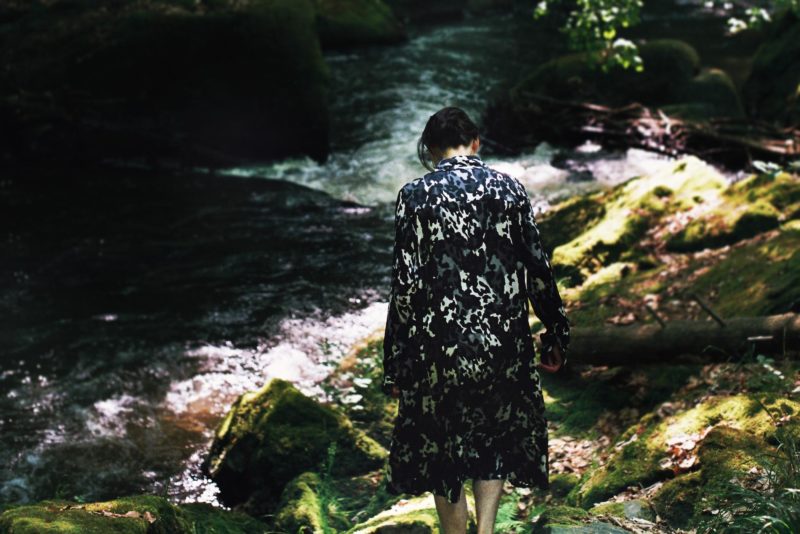
Angela Schanelec location scouting for I Was at Home, But… (Photo Credit: Ivan Markovic)
Ever since Angela Schanelec’s 1994 debut feature, I Stayed in Berlin During the Summer, the German filmmaker has been a reliable font of formal experimentation. The Dreamed Path, which premiered at Locarno in 2016, is comprised of discrete scenes that slip between multiple time periods, its fragments converging and diverging rather than unifying.
This week, Schanelec told Film Comment that she has recently completed editing her next work, I Was at Home, But…, after an autumn shoot in Berlin. (The movie also includes prologue and epilogue sequences filmed in Croatia and Switzerland, respectively.) Maren Eggert, of The Dreamed Path and earlier Schanelec features Marseille, Orly, and The Experiment, portrays a professor whose 13-year-old son vanishes without a trace for a week. The story begins with his reappearance under equally mysterious conditions.
“I asked myself, what happens when we become adults: the instinct, force, and directness that we risk losing,” Schanelec said via e-mail. “The film is also about the confrontation between two generations, [centered on] the inner beauty of the adolescents’ behavior, gestures, and words.”
 After completing The Dreamed Path, Schanelec restarted work on I Was at Home, But…, teaming up with DP Ivan Markovic for an extensive period of casting and location scouting. She spent several months auditioning teenagers to play the young boy and his classmates. Although much of the story’s tension stems from the professor’s “helpless attempts” to revert to normalcy, the drama is also generational.
After completing The Dreamed Path, Schanelec restarted work on I Was at Home, But…, teaming up with DP Ivan Markovic for an extensive period of casting and location scouting. She spent several months auditioning teenagers to play the young boy and his classmates. Although much of the story’s tension stems from the professor’s “helpless attempts” to revert to normalcy, the drama is also generational.
Photo: I Was at Home, But… actors Jakob Lassalle and Clara Möller. Copyright: Joachim Gern.
“I wrote the script before I shot The Dreamed Path, but I wasn’t able to cast the son,” Schanelec told us. “I was looking for a boy who is self-confident and mindful. When he appears again, he is dirty and physically hurt, but undisturbed. What has obviously changed when he comes back is how the others look at him now.”
Schanelec started out as a stage actress, and some of her films are informed by extensive theatrical allusions: her 2007 feature Afternoon stars Schanelec herself in an opaque refraction of Chekhov’s The Seagull. Similarly, the events of I Was at Home, But… take place as the professor’s son and his classmates prepare a performance of Hamlet.
“I was deeply bewildered by Hamlet’s fragility,” Schanelec shared on what drew her to the play. “He is alive in a very painful way, in terms of being more at the mercy of himself than of anyone else. And he is alone, with no one to help him.”
Schanelec had translated Hamlet into German for a production in 2001, and found a renewed vitality in rehearsing the play with 13- and 14-year-olds. “Even though none of the kids had acting experience, they delivered their complex lines with effortless clarity,” she remarked.
Both the film’s title and generational theme call to mind Yasujiro Ozu, and Schanelec expanded on his influence. “I Was Born, But… is probably the most beautiful film title there is,” she said. “Everything hard, that we can do nothing [but struggle] against, is found in the small ‘but.’ Ozu’s view of all the loved ones in his films is nevertheless gentle and calm.”
Films on the Horizon
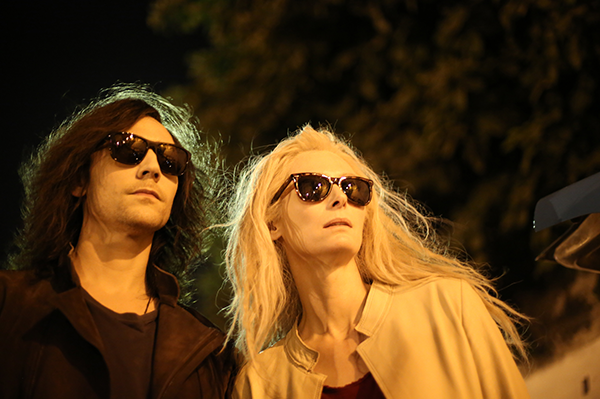
A trailer (as well as a website at one point) announce a fall release for the 13 features and several series that will comprise Ilya Khrzhanovsky’s 12-year social experiment Dau. Over 400 people agreed to live for several years in Khrzhanovsky’s re-creation of Soviet-era Moscow, while working in a research facility known as “The Institute” . . . Johnny Ma (Old Stone) received additional funding for his second feature, To Live to Sing, focusing on the owner of a traditional Chinese opera defending her company and neighborhood from governmental bureaucracy . . . Jim Jarmusch is filming The Dead Don’t Die, a “zombie comedy,” in upstate New York, with a cohort of actors both familiar in the director’s oeuvre (Bill Murray, Tilda Swinton, Adam Driver, Chloë Sevigny, Steve Buscemi) and new (Selena Gomez). Just don’t call it a zom-com, please.
Readings
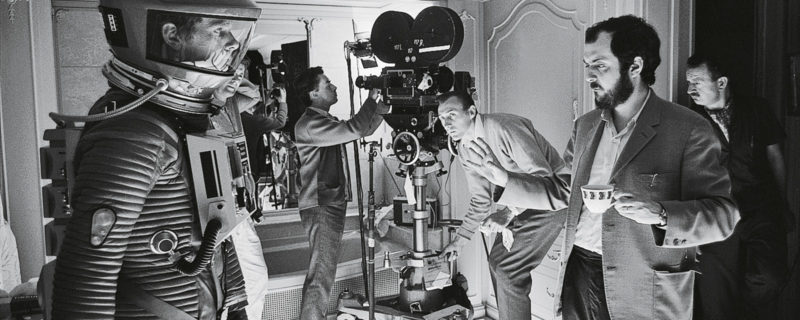
✸ The Guardian reports on the discovery of a Stanley Kubrick screenplay previously thought to be lost—an adaptation of Stefan Zweig’s 1913 novella Burning Secret, described by Kubrick scholar Nathan Abrams as “the inverse of Lolita.”
✸ Chile-based programmer and critic Jaime Grijalba regularly translates selections of Raúl Ruiz’s diaries, available to browse, or subscribe to daily updates, here. Ruiz, from an April 1996 entry: “I’ve read some pages of this diary trying to find the point in which I start to become a character. There’s no such point: the character appears and disappears…”
✸ David Cronenberg recently made “the case for the crime of art.” Read his speech to the body of OCAD University over at The Globe and Mail.
✸ Karina Longworth’s You Must Remember This podcast returns with a new, two-part season probing truth and libel in Kenneth Anger’s Hollywood Babylon—listen to the first episode, with links to her sources as further reading.
✸ For Columbia University’s Women Film Pioneers Project, film historian Shelley Stamp discussed curating Pioneers: First American Filmmakers, a DVD/Blu-ray collection in which she “interpreted the term ‘female filmmaker’ fairly broadly to include women who might not have been officially credited as ‘director’ but who were clearly the primary creative force behind their productions.”
✸ Popular Science toured the Kodak lab in Rochester, New York, to demystify the creation of Ektachrome film stock, whose “hues skew toward the blue end of the spectrum, creating more-realistic images than the warmer Kodachrome of [Paul] Simon fame.” Although Ektachrome was discontinued in 2012, Kodak will revive it later this year.
✸ In 2006, C.A. Bosson filmed Denis Lavant leading an acting workshop that is, needless to say, movement-based. With saxophone in the background by John Lurie.



